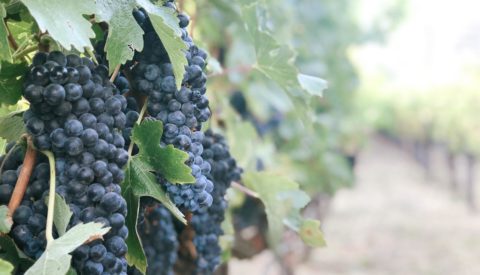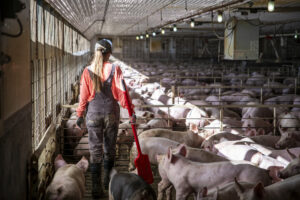This year as ranching families congregate at bull sales to bid on their next herd sires, the scuttlebutt has been simple: Bull prices are seemingly high. But that is not stopping anyone from bidding. Data collected from the American Angus Association indicate that through May, bulls averaged just over $8,300 per head in 2025, on pace to upend the record set in 2024 of just under $7,200 per head. The sharp escalation in bull prices is hardly the case of irrational exuberance. Indeed, profit margins have been strong, but the elevation in calf and cull prices has had a profound impact on the value, and hence price, of bulls. Our analysis finds that: Bull prices have increased about 16% year over year through May The ratio of bull price to calf price is below the historical average The ratio of long-term bull value to bull price is near the historical average even if calf prices retrace to a five-year average Bull Prices Are What?! In 2024, strong profit margins and calf market fundamentals pushed the average Angus bull price at auction to just under $7,200 per head, which exceeded the previous high set in 2015 by 6.5%. As of mid-May, bull prices in 2025 were slightly above $8,300 per head, about 16% higher than in 2024. An increase in 2025 would be the fifth consecutive year of price increases following a contraction and stagnation from 2016 through 2020. The Cowboy Math Checks Out High profit margins over the last several years have aided the rancher’s ability to pay up for bulls. However, bulls are also a business investment in the herd and are expected to produce a positive return on investment. So, why are these elevated bull prices justified? First, while the bull price at face value is elevated, the price of a bull compared with the value of a bull (calf and cull price) is below the historical average. Cull bull and calf prices are also historically high, and when factoring in historically high weights, the value of culls and calves is also historically high. For instance, we calculate that weaned calf and cull bull values are about 22% and 5% above 2025, respectively, due to both higher prices and heavy weights. So, a simple calculation of the price of the bull minus his cull value divided by the value of a weaned calf provides an estimate for the number of weaned calves it takes to purchase the bull. So far in 2025, that ratio is about 2.55 weaned calves, well below the 1990 to 2020 average of 3.15 and the sixth lowest since 1990. Second, the ratio of the current bull price to the value of future gross cash flows is in line with historical averages. Typically, bulls are used for at least five calf crops and then sold as cull bulls or privately. For ranchers seeking to value bulls based on anticipated future cash flows, it can be difficult because it requires forecasting many years in advance. Even in the extreme case that calf and cull values trend back to the 2022 to 2025 average over the next five years, which would be about a 25% decline in calf prices and an 18% decline in cull bull prices over five years, the ratio of the current bull price to the value of the future cash flows would still be near the 1990 to 2020 average. In any scenario where calf and cull values remain elevated over the next five years, the ratio would be below the historical average. Looking Forward We expect bull prices in 2025 to remain elevated and set a record. For those looking to buy bulls, we recommend the following: Reset price expectations in the remaining 2025 bull sales; Rethink bull utilization by keeping bulls longer (but trading for slower genetic improvement), engaging in ownership partnerships, or buying fewer bulls and implementing a synchronized artificial insemination program; Include an analysis of the genetic improvement relative to your ranch selection criteria. This analysis can also arm you with information about the improved relative value of your bulls’ progeny; For ranchers who are “paying up” on their bull purchases, make sure to protect the future cash flows of calves as much as possible to ensure the proper return on investment.
More Articles
See All InsightsBifurcation in North Coast Vineyard Values Report Snapshot Situation Higher interest rates, variability in grape production, and longer-term trends in wine consumption have raised some concerns…
U.S. wine sales continue to disappoint, though at least the slump hasn’t deepened since my last report. I’m not expecting much improvement in the near term
Still recovering from 2023, the hog industry continues to slowly climb to a place with a better view. Margins are still thin, heightening the industry’s risk



